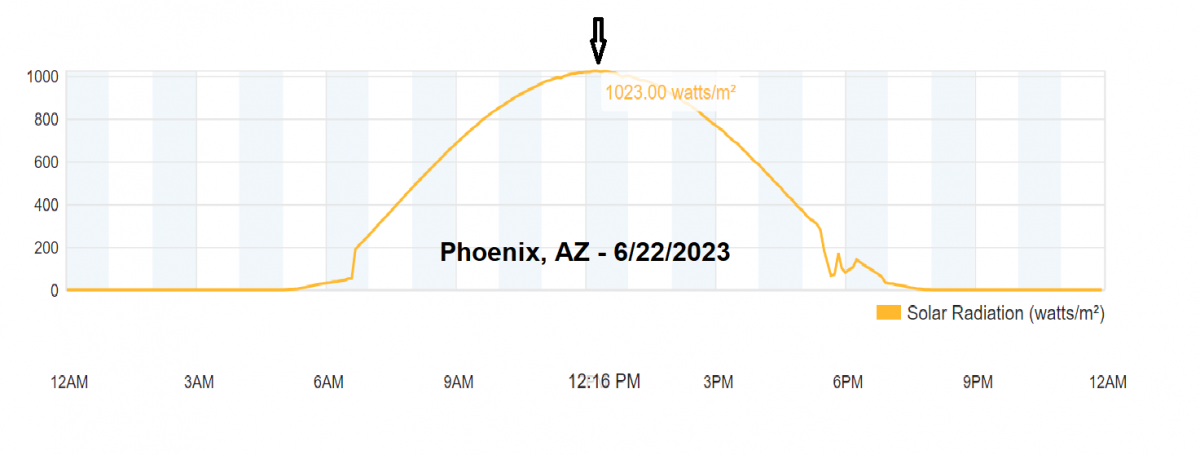Midpack
Give me a museum and I'll fill it. (Picasso) Give me a forum ...
Not trying to persuade anyone for or against solar - just thought it was great information for other solar nerds already interested.
I am NOT an expert on residential solar, but I have been interested and reading about it for decades. This is the most informative and complete review of a residential solar installation I can remember if you’re interested in investing 30 minutes. He answers most of the questions I would have.
Caveats:
I am NOT an expert on residential solar, but I have been interested and reading about it for decades. This is the most informative and complete review of a residential solar installation I can remember if you’re interested in investing 30 minutes. He answers most of the questions I would have.
Caveats:
- This is the most expensive bleeding edge system I have ever seen. Nothing like the solar panel only, no battery systems most people consider. He acknowledges same during the video, but the math includes all that.
- He drives an EV and charges at home, that is the highest electricity demand item he has by far - so that influences all his results. If you had a system without EV home charging, the math would be significantly different.
- I for one believe net metering shouldn’t and won’t always be available to homeowners, that will change everything for these grid connected systems!
- I am a fan of MKBHD for all his tech videos. I suspect some here have watched MKB videos on consumer electronics before, he’s been on YT for many years.
Last edited:


